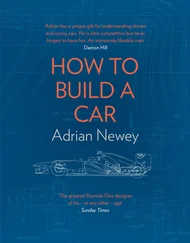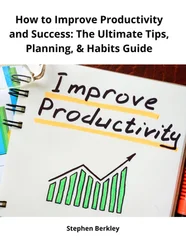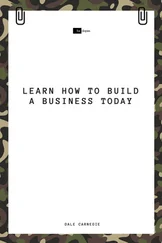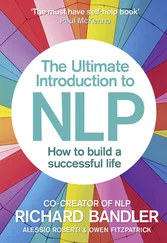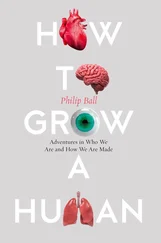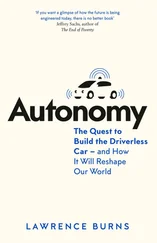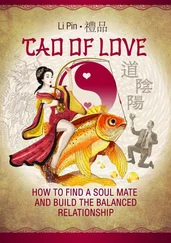Eyal, Nir - Hooked - How to Build Habit-Forming Products
Здесь есть возможность читать онлайн «Eyal, Nir - Hooked - How to Build Habit-Forming Products» весь текст электронной книги совершенно бесплатно (целиком полную версию без сокращений). В некоторых случаях можно слушать аудио, скачать через торрент в формате fb2 и присутствует краткое содержание. Год выпуска: 2014, Издательство: Nir Eyal, Жанр: Старинная литература, на английском языке. Описание произведения, (предисловие) а так же отзывы посетителей доступны на портале библиотеки ЛибКат.
- Название:Hooked: How to Build Habit-Forming Products
- Автор:
- Издательство:Nir Eyal
- Жанр:
- Год:2014
- ISBN:нет данных
- Рейтинг книги:5 / 5. Голосов: 1
-
Избранное:Добавить в избранное
- Отзывы:
-
Ваша оценка:
- 100
- 1
- 2
- 3
- 4
- 5
Hooked: How to Build Habit-Forming Products: краткое содержание, описание и аннотация
Предлагаем к чтению аннотацию, описание, краткое содержание или предисловие (зависит от того, что написал сам автор книги «Hooked: How to Build Habit-Forming Products»). Если вы не нашли необходимую информацию о книге — напишите в комментариях, мы постараемся отыскать её.
Hooked: How to Build Habit-Forming Products — читать онлайн бесплатно полную книгу (весь текст) целиком
Ниже представлен текст книги, разбитый по страницам. Система сохранения места последней прочитанной страницы, позволяет с удобством читать онлайн бесплатно книгу «Hooked: How to Build Habit-Forming Products», без необходимости каждый раз заново искать на чём Вы остановились. Поставьте закладку, и сможете в любой момент перейти на страницу, на которой закончили чтение.
Интервал:
Закладка:
***
Do This Now
If you are building a habit-forming product, write down the answers to these questions:
- What habits does your business model require?
- What problem are users turning to your product to solve?
- How do users currently solve that problem and why does it need a solution?
- How frequently do you expect users to engage with your product?
- What user behavior do you want to make into a habit?
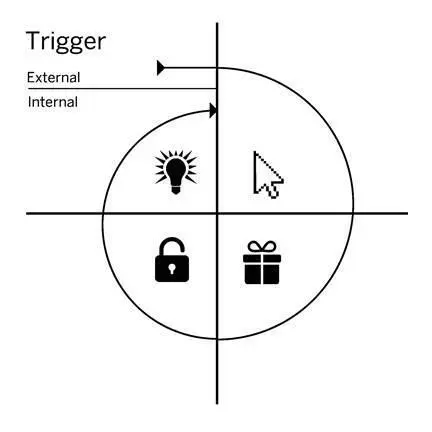
2. TRIGGER
Yin (not her real name) is in her mid-twenties, lives in Palo Alto, and attends Stanford University. She has all the composure and polish you’d expect of a student at a prestigious school, yet she succumbs to a persistent habit throughout her day. She can’t help it; she is compulsively hooked on Instagram.
The photo and video-sharing social network, purchased by Facebook for $1 billion in 2012, has captured the minds and attention of Yin and 150 million other users like her. [xli]The company’s acquisition demonstrates the increasing power of — and immense monetary value created by — habit-forming technology. Of course, the Instagram purchase price was driven by a host of factors, including a rumored bidding war for the company. [xlii]But at its core, Instagram is an example of an enterprising team — conversant in psychology as much as technology — that unleashed a habit-forming product on users who subsequently made it a part of their daily routines. [xliii]
Yin doesn’t realize she’s hooked, although she admits she regularly snaps and posts dozens of pictures per day using the app. “It’s just fun,” she says as she reviews her latest collection of moody snapshots filtered to look like they were taken in the late 1970s. “I don’t have a problem or anything. I just use it whenever I see something cool. I feel I need to grab it before it’s gone.”
What formed Yin’s Instagram habit? How did this seemingly simple app become such an important part of her life? As we will soon learn, habits like Yin’s are formed over time, but the chain reaction that forms a habit always starts with a trigger.
Habits are not Created, They are Built Upon
Habits are like pearls. Oysters create natural pearls by accumulating layer upon layer of a nacre called mother-of-pearl, eventually forming the smooth treasure over several years. But what causes the nacre to begin forming a pearl? The arrival of a tiny irritant, such as a piece of grit or an unwelcome parasite, triggers the oyster’s system to begin blanketing the invader with layers of shimmery coating.
Similarly, new habits need a foundation upon which to build. Triggers provide the basis for sustained behavior change.
Reflect on your own life for a moment. What woke you up this morning? What caused you to brush your teeth? What brought you to read this book?
Triggers take the form of obvious cues like the morning alarm, but also come as more subtle, sometimes subconscious signals that just as effectively influence our daily behavior. A trigger is the actuator of behavior — the grit in the oyster that precipitates the pearl. Whether we are cognizant of them or not, triggers move us to take action.
Triggers come in two types: external and internal.
External Triggers
Habit-forming technologies start changing behavior by first cueing users with a call-to-action. This sensory stimuli is delivered through any number of things in our environment. External triggers are embedded with information, which tells the user what to do next.
An external trigger communicates the next action the user should take. Often, the desired action is made explicitly clear. For example, what external triggers do you see in this Coca-Cola vending machine in figure 2?
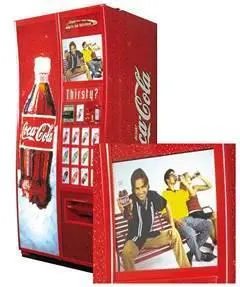
Figure 2
Take a close look at the welcoming man in the image. He is offering you a refreshing Coke. The text “Thirsty?” below the image tells you what the man in the photo is asking and prompts the next expected action of inserting money and selecting a beverage.
Online, an external trigger may take the form of a prominent button, such as the large orange “Log in to Mint” prompt in the email from Mint.com in figure 3. Here again, the user is given explicit instructions about what action to take after reading the email: Click on that big bright button.

Figure 3
Notice how prominent and clear the intended action is in the email from Mint? The company could have included several other triggers such as prompts to check your bank balance, view credit card deals, or set financial goals. Instead, since this is an important account alert email, Mint has reduced the available actions to a single click: Logging in to view and fix your account.
More choices require the user to evaluate multiple options. Too many choices or irrelevant options can cause hesitation, confusion, or worse, abandonment. [xliv]Reducing the thinking required to take the next action increases the likelihood of the desired behavior occurring unconsciously. We’ll explore this further in the next chapter.
The Coca-Cola vending machine and Mint.com email provide good examples of explicit external triggers. However, external triggers can also convey implicit information about the next desired user action. For example, we’ve all learned that website links are for clicking and app icons are for tapping. The only purpose for these common visual triggers is to prompt the user to action. As a readily accepted aspect of interface design, these calls to action don’t need to tell people how to use them, the information is embedded.
Types of External Triggers
Companies can utilize four types of external triggers to move users to complete desired actions:
1. Paid Triggers
Advertising, search engine marketing, and other paid channels are commonly used to get users’ attention and prompt them to act. Paid triggers can be effective but costly ways to keep users coming back. Habit-forming companies tend not to rely on paid triggers for very long, if at all. Imagine if Facebook or Twitter needed to buy an ad to prompt users to revisit their sites — these companies would soon go broke.
Since paying for re-engagement is unsustainable for most business models, companies generally use paid triggers to acquire new users and then leverage other triggers to bring them back.
2. Earned Triggers
Earned triggers are free in that they can not be bought directly, but they often require investment in the form of time spent on public and media relations. Favorable press mentions, hot viral videos, and featured App Store placements are all effective ways to gain attention. Companies may be lulled into thinking that related downloads or sales spikes signal long-term success, yet awareness generated by earned triggers can be short-lived.
For earned triggers to drive ongoing user acquisition, companies must keep their products in the limelight — a difficult and unpredictable task.
3. Relationship Triggers
One person telling others about a product or service can be a highly effective external trigger for action. Whether through an electronic invitation, a Facebook “Like,” or old fashioned word-of-mouth, product referrals from friends and family are often a key component of technology diffusion.
Читать дальшеИнтервал:
Закладка:
Похожие книги на «Hooked: How to Build Habit-Forming Products»
Представляем Вашему вниманию похожие книги на «Hooked: How to Build Habit-Forming Products» списком для выбора. Мы отобрали схожую по названию и смыслу литературу в надежде предоставить читателям больше вариантов отыскать новые, интересные, ещё непрочитанные произведения.
Обсуждение, отзывы о книге «Hooked: How to Build Habit-Forming Products» и просто собственные мнения читателей. Оставьте ваши комментарии, напишите, что Вы думаете о произведении, его смысле или главных героях. Укажите что конкретно понравилось, а что нет, и почему Вы так считаете.


